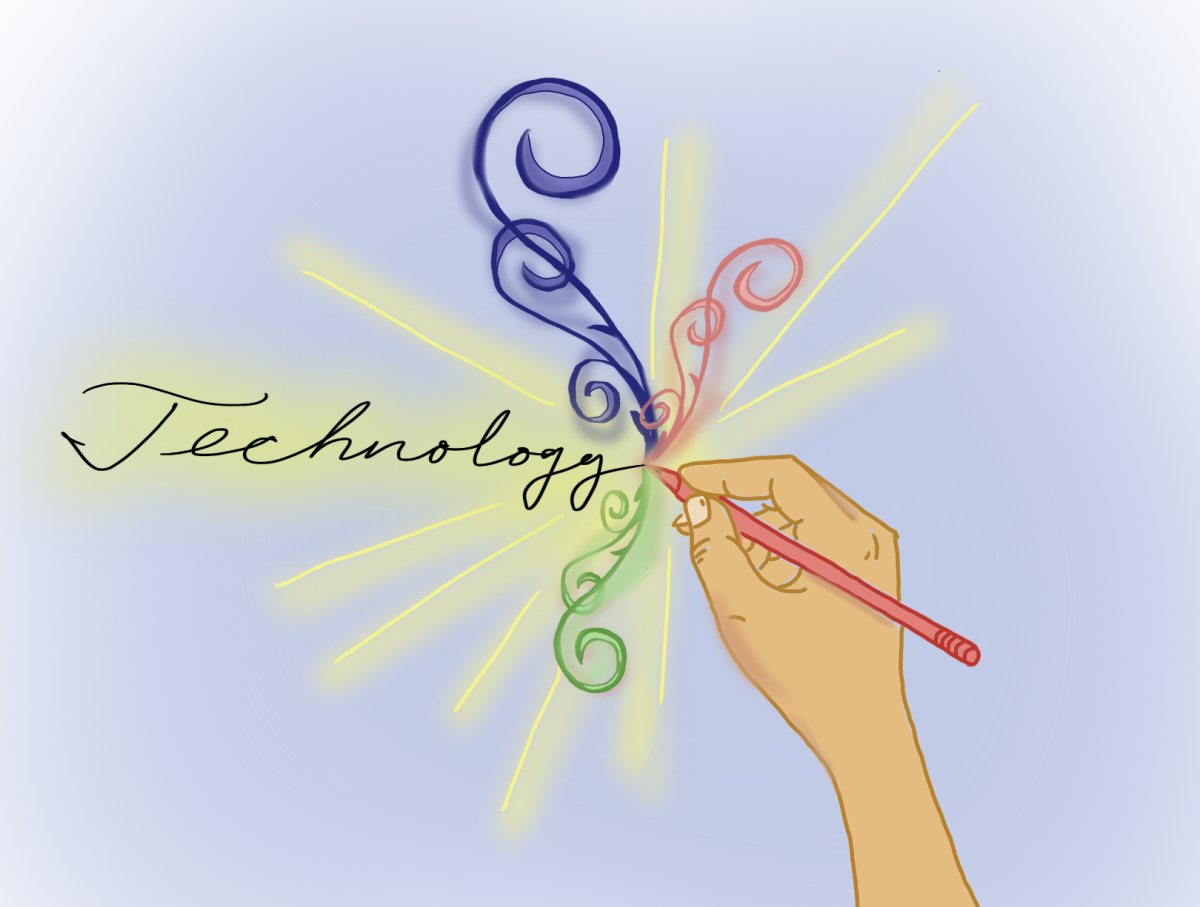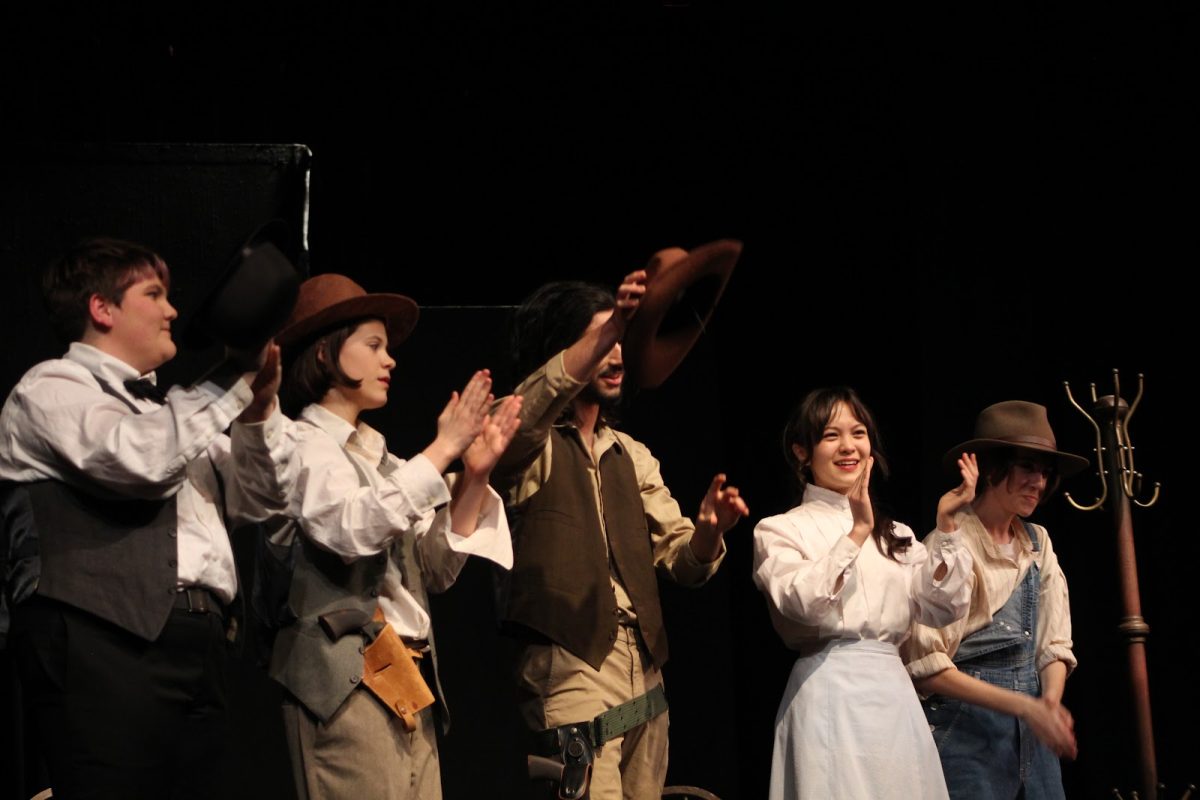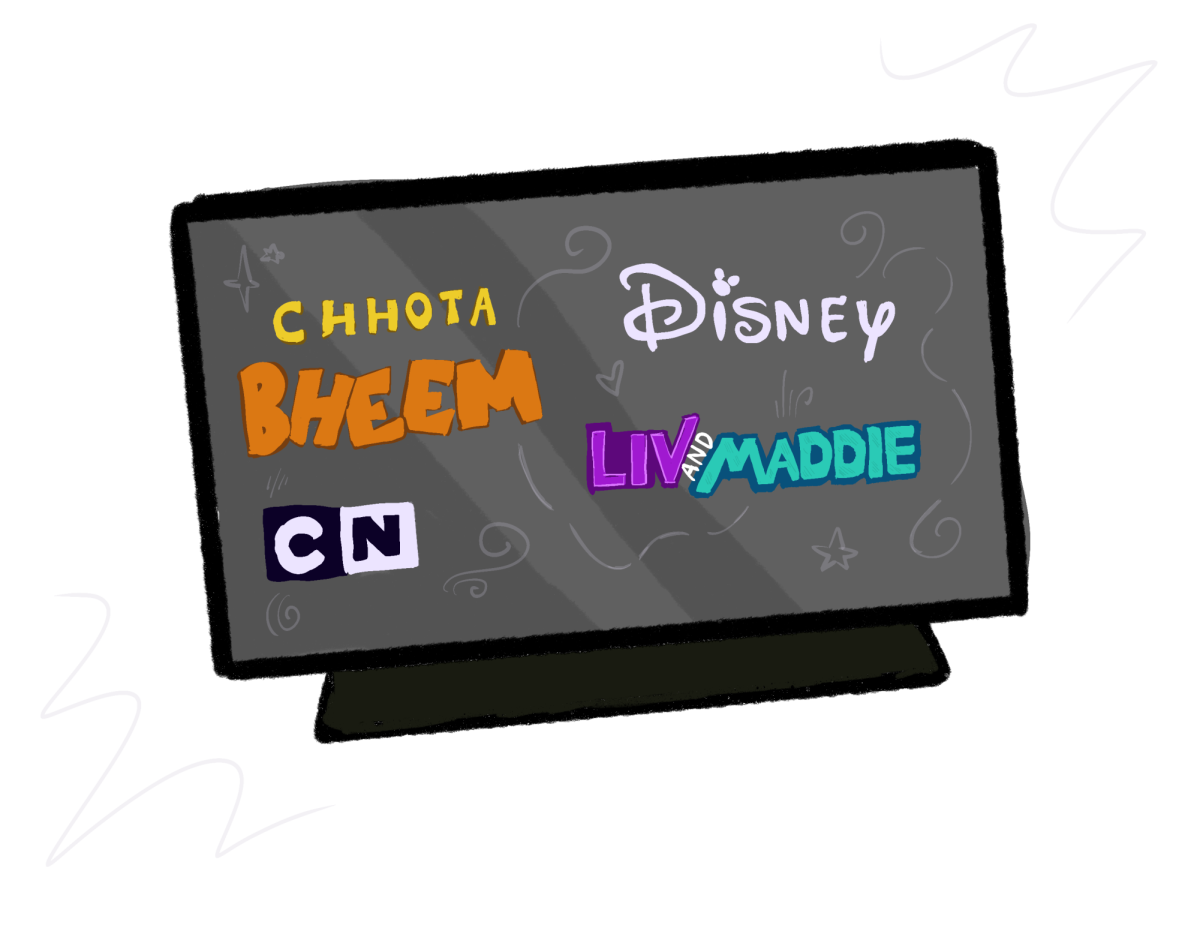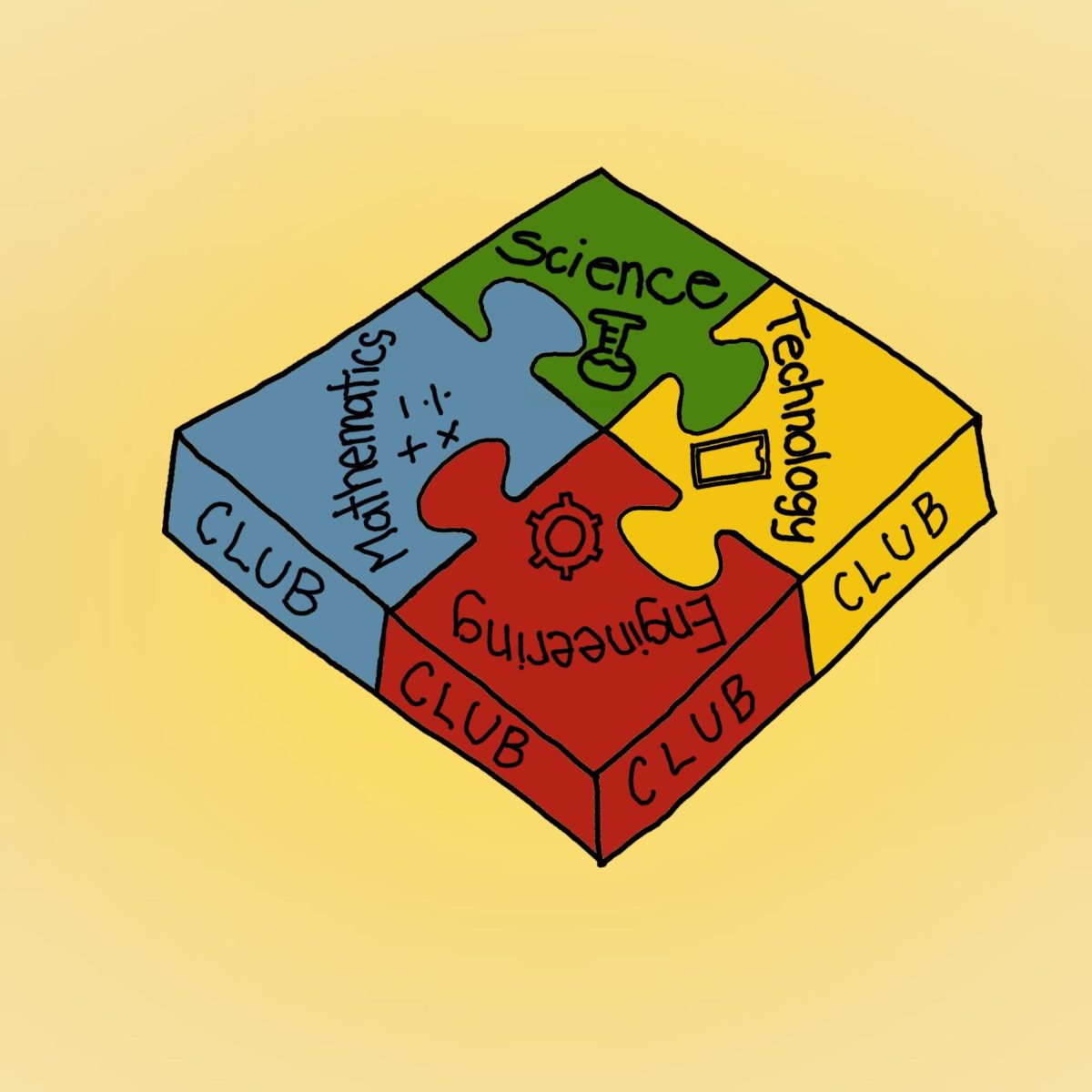“The Book of Clarence” is not your average Bible movie. With its diverse cast, creative editing and modern details, like smoking of what the New York Times calls “ancient weed,” the film gives age-old biblical characters new life.

Set alongside Jesus in A.D. 33 Jerusalem, TriStar Picture’s newest release takes an unexpected route by following the down-on-his-luck Clarence. He attempts to deal with his debt and reject his “nobody” status by becoming a false Messiah. Clarence’s character is flawed, yet believable, exemplified by his poor relationship with his twin brother, Thomas, one of the famed 12 disciples, and his tumultuous journey of self-discovery.
As someone who attended Catholic school, I appreciate the humor the film gave to what are traditionally treated as very serious, Christian topics. For example, this may be one of the only movies in which John the Baptist calls someone a nincompoop.
However, I was also surprised by how devout the film managed to remain, as I had entered the theater expecting a “Life of Brian”-esque level of absurdist comedy throughout. Although not as overly pious as the dramatic crucifixion film “The Passion of Christ,” the movie does not shy from stereotypically Christian tropes. This is especially seen in its stereotypical turn-to-religion finale, where once staunchly atheist Clarence finally believes God and Jesus as the true Messiah.
While this clash between the sacred and the random makes for hilarious scenes, it also manages to give a sense of humanity to classic biblical characters. For example, the 12 apostles and Pontius Pilot, who seemed bland to me in the Bible, now crack jokes and make real, relatable mistakes.
Despite its humor, the film does have its somber moments, like Clarence’s eventual, bloody crucifixion. The up-close, continuous shot of Clarence’s face as sharp nails are being hammered into his hands and feet portrays intense emotion. I remember physically jumping back into my seat as the sound of the first nail being rammed into his body echoed through the dark theater.
Additionally, talented actors like Omar Sy added great value to the film. Having known Sy from Netflix’s “Lupin,” I was glad to see him playing the role of the powerful gladiator Barabbas the Immortal. With his comedic relief and heroic fight scenes, Barabbas quickly became one of my favorite characters. This feeling was solidified by a particular scene in which Barabbas uses the spear he has just been stabbed with to impale a Roman soldier.
Overall, this movie offers an interesting take on what it means to be considered a biblical film. “The Book of Clarence” made me ponder the ways other classic tales could be remade, whether it be through comedy or modern touches. Though some elements may be unclear for those unfamiliar with key parts of the Bible, “The Book of Clarence” gives viewers a valuable, notably unique perspective on one of Christianity’s most iconic stories.















![Junior Shiva Chitta said his friends and family encouraged him to attend prom, despite initially intending not to.
“My mom told me to go and ‘have a slice of [my] life,’” Chitta said. “Im sure there are prom [events] in colleges…but we have to go [to junior and senior prom.]”](https://hhsepitaph.com/wp-content/uploads/2024/06/PromG2024_1-1200x800.jpg)





